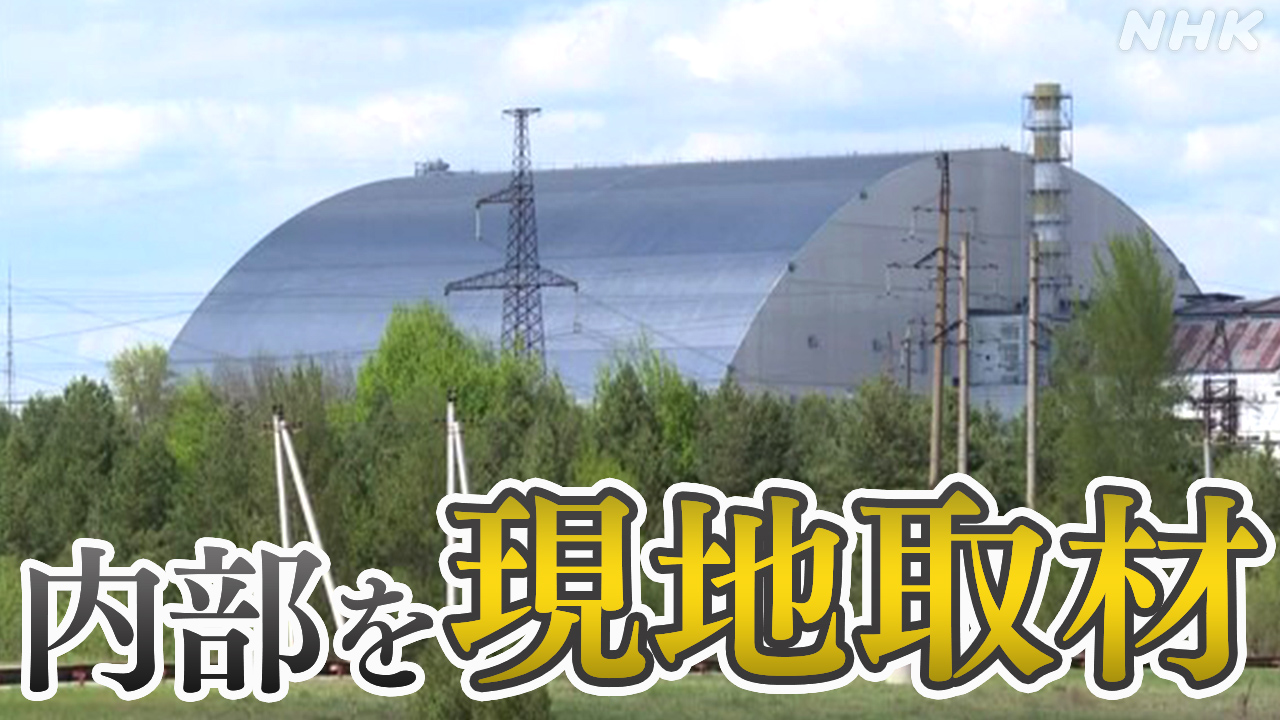Chernobyl Nuclear Plant: Shelter Damage Analysis Reveals New Challenges and Ongoing Concerns
The Chernobyl Nuclear Power Plant, site of the world's worst nuclear disaster, continues to pose significant challenges. Recent assessments of the sarcophagus, the massive shelter built over the damaged reactor, reveal new concerns about its structural integrity and the ongoing need for meticulous monitoring and maintenance. This article delves into the latest findings on shelter damage analysis, highlighting the complexities of managing the site and the long-term implications for environmental safety and remediation efforts.
Understanding the Chernobyl Sarcophagus and its Deterioration
The original sarcophagus, hastily constructed after the 1986 disaster, was a temporary structure. It suffered from significant deterioration over the decades, leading to the construction of the New Safe Confinement (NSC), a massive arch-like structure that encloses the original sarcophagus. While the NSC provides a significant improvement, recent analyses reveal ongoing challenges:
- Corrosion and Material Degradation: The effects of radiation and the harsh Ukrainian climate have taken a toll on both the NSC and the underlying structures. Corrosion of metal components and degradation of concrete are ongoing concerns, impacting long-term stability.
- Seismic Vulnerability: The region is prone to seismic activity, raising concerns about the potential impact of earthquakes on the NSC and the risk of further damage to the containment structures. Ongoing research is evaluating the seismic resilience of the facility.
- Radioactive Dust and Leakage: While the NSC significantly reduces radioactive dust dispersion, the potential for leakage and the long-term management of radioactive waste within the containment remain significant challenges. Regular monitoring and maintenance are crucial.
- Environmental Impact Assessment: The long-term environmental impact of the disaster continues to be assessed. Studies monitor groundwater contamination, soil erosion, and the impact on local flora and fauna within the Chernobyl Exclusion Zone.
The Latest Damage Analysis and Remediation Efforts
Recent damage analysis employs advanced technologies, including drone surveys, laser scanning, and thermal imaging, to meticulously assess the structural health of the NSC and underlying infrastructure. These techniques provide valuable data for identifying areas requiring immediate attention and planning for long-term maintenance strategies.
Ongoing remediation efforts include:
- Structural Reinforcement: Engineers are constantly evaluating ways to strengthen vulnerable areas of the NSC and the original sarcophagus to mitigate the risk of collapse and further radioactive material release.
- Waste Management: Safe and secure storage and eventual disposal of radioactive waste from the Chernobyl site remain a critical long-term challenge. International collaboration plays a vital role in this process.
- Environmental Monitoring: Continuous monitoring programs track radiation levels, groundwater quality, and the overall ecological state of the Exclusion Zone. This data informs remediation strategies and long-term environmental management plans.
Long-Term Implications and Future Outlook
The Chernobyl disaster serves as a stark reminder of the potential consequences of nuclear accidents. The ongoing challenges associated with the shelter damage analysis underscore the long-term commitment required for the safe and secure management of such sites. International collaboration, technological innovation, and rigorous monitoring remain crucial for mitigating risks and protecting the environment.
Further Research and Resources:
- Chernobyl Disaster: [Link to a reputable source like the IAEA or Wikipedia]
- New Safe Confinement: [Link to official information or relevant research papers]
- Chernobyl Exclusion Zone: [Link to relevant scientific studies or government reports]
The work at Chernobyl is far from over. The ongoing analysis of shelter damage and the persistent challenges emphasize the importance of continued investment in safety measures and long-term remediation efforts. The legacy of Chernobyl demands vigilance and a commitment to preventing similar catastrophes in the future.
